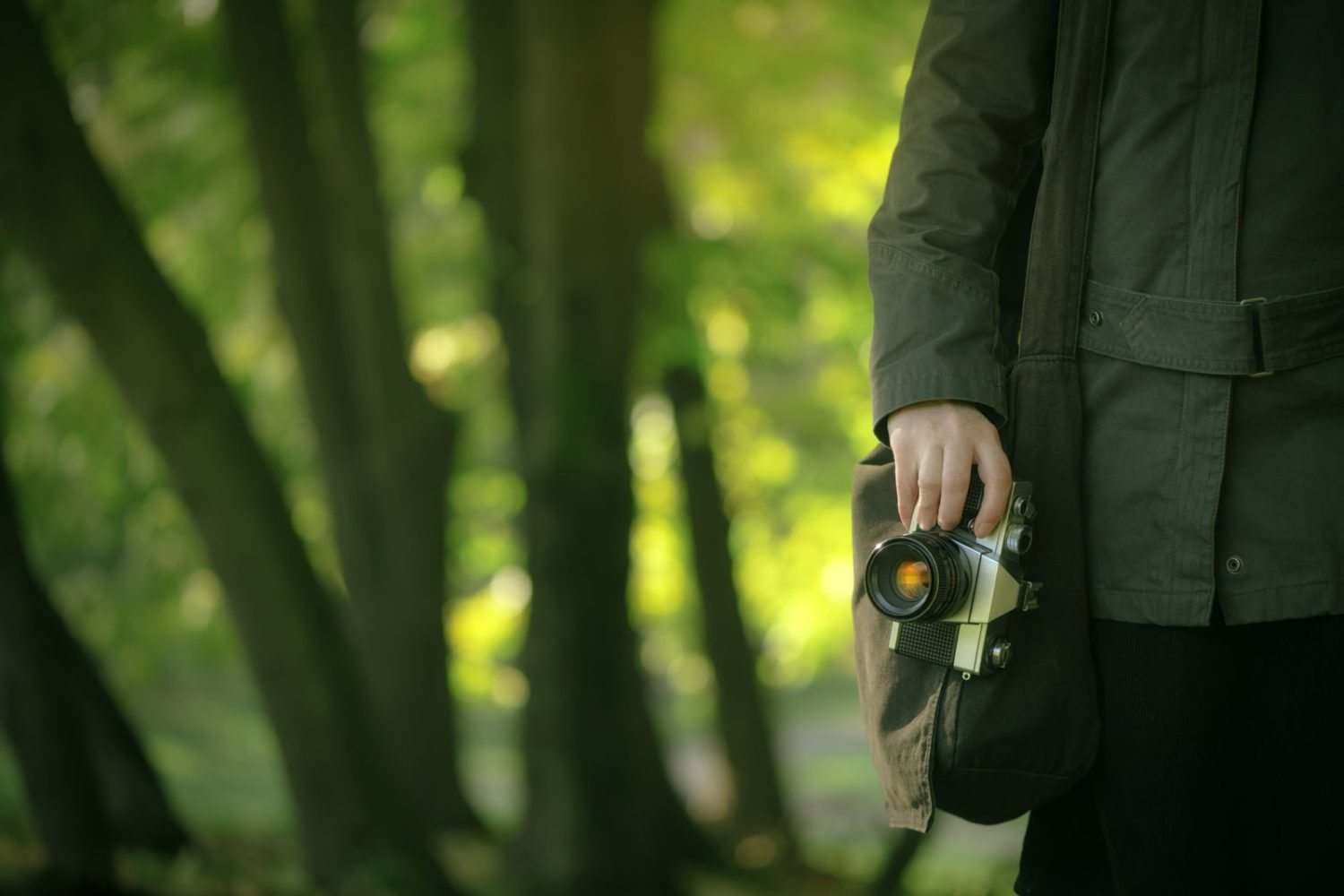When it comes to photography—or any type of creative work—feedback is crucial. When I first picked up photography, it was a solitary pursuit, something I did on my own for my own creative expression. I would only share my photos with family and friends, who were always encouraging. I had taste, but I felt like I lacked the skills to help me grow.
As my skills began to develop, I craved feedback from photographers who had the skills I was after. I wasn’t looking for praise, but rather thoughtful criticism that would push me towards my goals.
As intimidating as it may be, giving and/or receiving feedback is one of the best ways to develop your technical eye and artistic voice. But it’s tricky a skill to master.
When feedback is offered in a constructive manner, it is a gift. However, if it is delivered in an unhelpful or unsupportive way, feedback can be crippling.
Giving feedback is not any easier. You may be concerned about hurting someone’s feelings, or you may struggle with organizing your thoughts about a picture. However, providing feedback can be just as educational as receiving it because it helps you develop your technical eye, it demands that you articulate your point of view, and it sharpens your taste.
You can critique a photograph from three different angles: technical quality, creativity, and context. These obviously overlap, but thinking about each of these as separate ways to analyze an image will help you organize your thoughts and will perhaps clarify the kind of feedback that you are looking to give or receive.
1. How successful is the image on a TECHNICAL level?
– How does a photo’s exposure, lighting, post-production/retouching, color correction, sharpness, contrast enhance the photo?
2. How CREATIVE is the image?
– How does the composition enhance the photo (framing, angle)?
– How does color, lighting, movement, texture, subject, or styling express a feeling or elicit an emotional response?
– How unique and imaginative is the image?
3. How well does it fit within its CONTEXT?
– An image that will be used for commercial purposes will be held to different standards than an image that is an act of personal expression. How does the photo fit within a style or approach?
– How does the photo fit within current trends?
– How effective is the image at meeting its intended impact?
There are many ways for giving and receiving feedback I’ve put together a few guidelines that have helped me over the years. I tried to keep them broad so that they can applied to a range of scenarios.
Giving Feedback
1. Try to identify what the photograph is trying to capture or express. It is essential that you attempt to understand what the photographer is trying to achieve with the image. This will ground your feedback in the photographer’s intent and will prevent you from overstepping any boundaries. If you’re not sure what the photographer is trying to achieve, simply ask.
2. Begin by communicating what works and what is strong. Identify which aspects of the photo first caught your eye: composition, color, creativity, context, emotion, the moment. Identify what about these elements is compelling. Most importantly, be specific.
3. Then, identify the elements that could be stronger, are unclear, distracting. Communicate if there is something that is unclear or that you’re not understanding. Share your thoughts about how certain elements could be improved —not enough details, too many details, etc.
4. Try not to repeat what’s already been said. It is important to give your thoughts and ideas, but don’t go into detail about something that’s already been offered.
5. It’s always nice to end your feedback with expressing something that you really like about the photograph. Remember, you want to use your feedback to encourage the photographer to grow and go further–ending with something that you really like will give them the boost that need to get back to work.
6. Remember: critique the work, not the photographer.
Receiving Feedback
1. Feedback is most helpful when it’s focused. Ask for the type of feedback you are looking for. What would be helpful, technical questions you may have. For example, if you’re trying to improve your portrait lighting, feedback about post-processing won’t be helpful.
2. Take a step back and consider the feedback. Try not to explain away every criticism and justify any weakness that might be pointed out. A good practice is to refrain from saying anything in response to feedback, other than “thank you.”
3. That being said, take what is useful and leave the rest. Not all feedback is going to be helpful or relevant. Consider the source of feedback. Does the photographer have similar goals or photography styles? Do you respond to their photography? In the end, whether to take the feedback or not is up to you.
As photographers on 500px, we all like to receive praise, whether it’s in the form of “likes” or comments. It feels great, but, it can have the unintended effect of causing you to resort to your usual tricks that have worked in the past and never allowing yourself to move beyond your comfort zone.
We invite you to be brave and ask for feedback. We encourage you to get specific when you express your thoughts about a fellow photographer’s work. This will ensure that we’re all growing together.
Do you have any tips or experiences you’d like to share about critiques and feedback? Share them in the comment section below.











Leave a reply